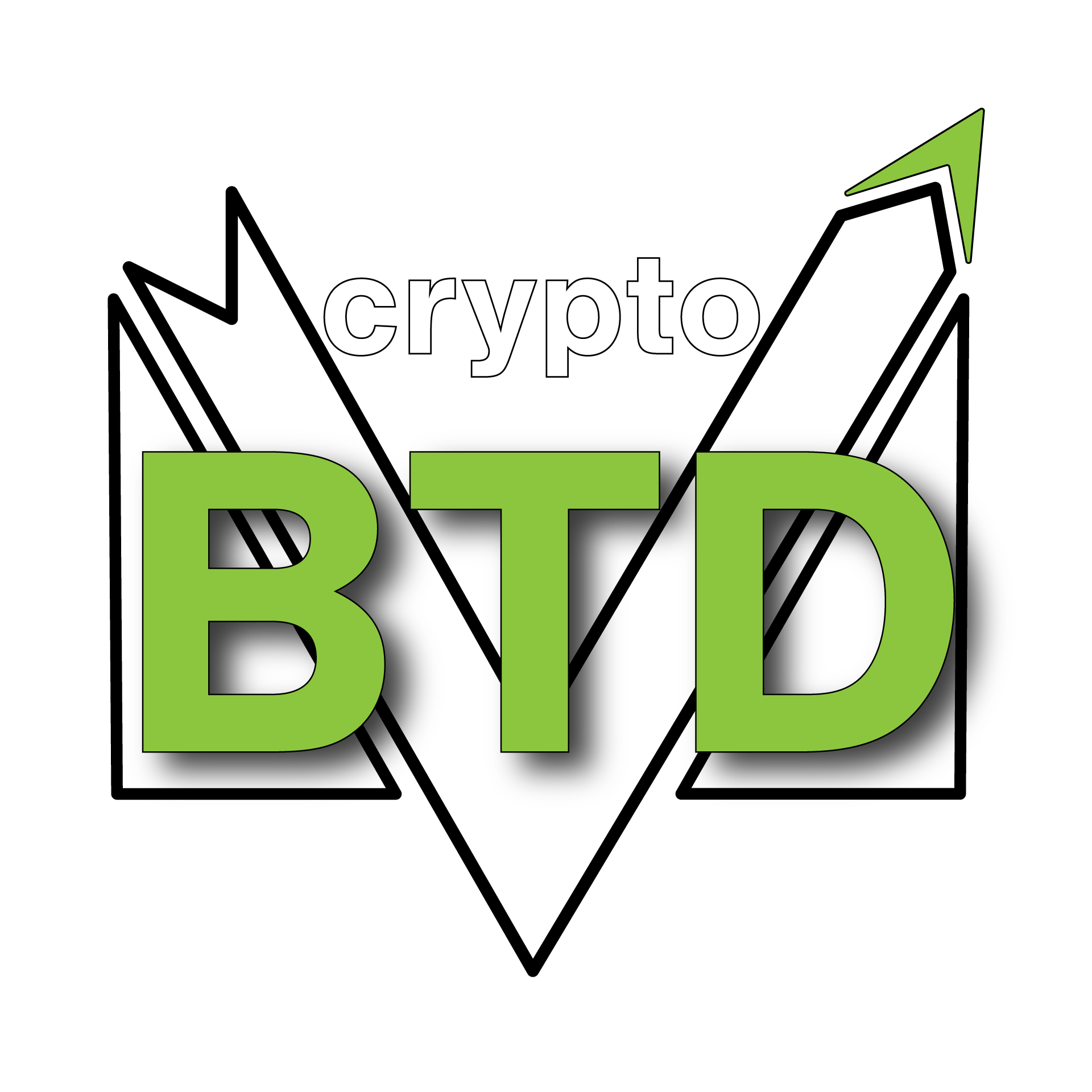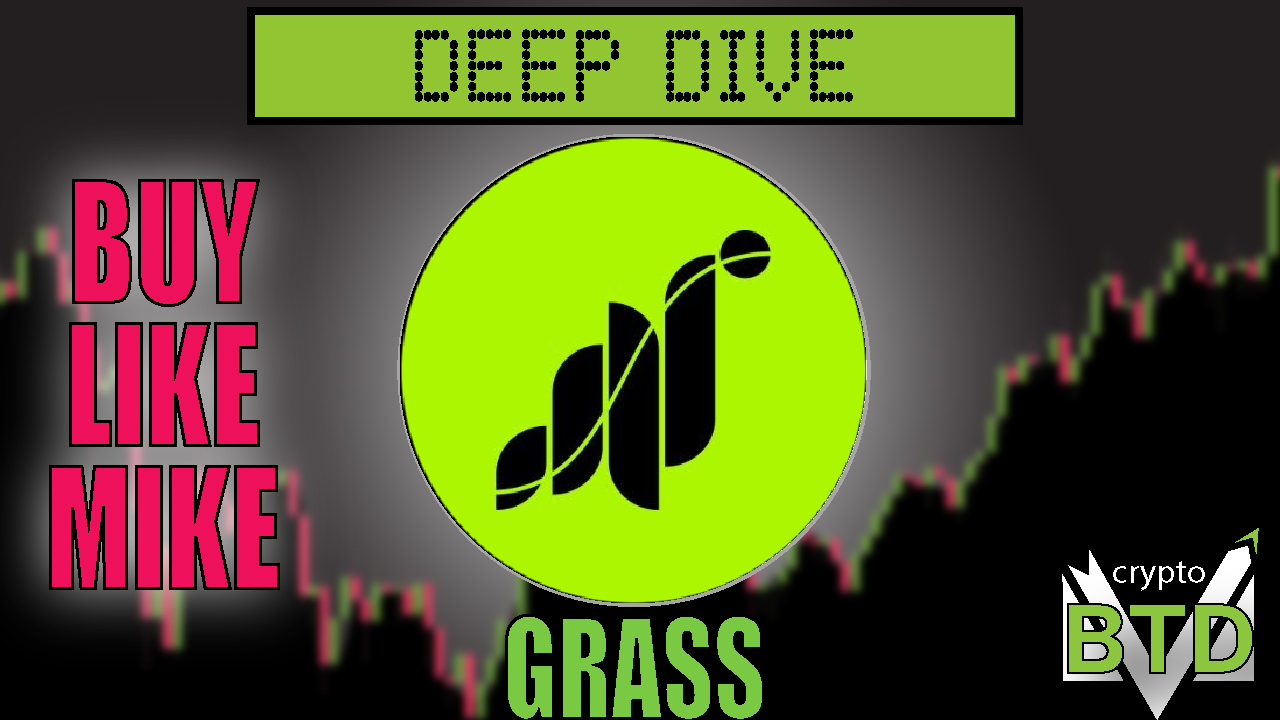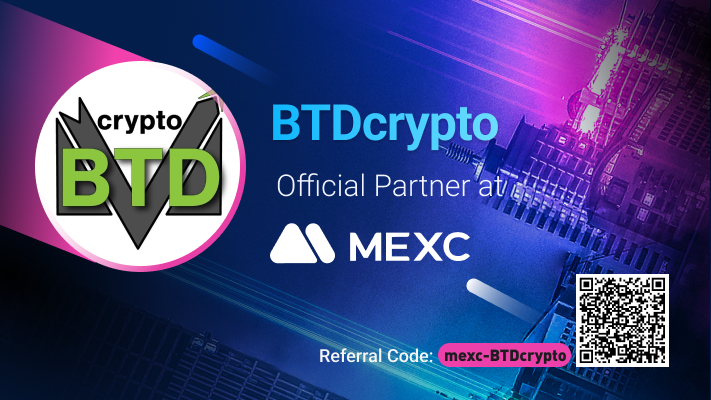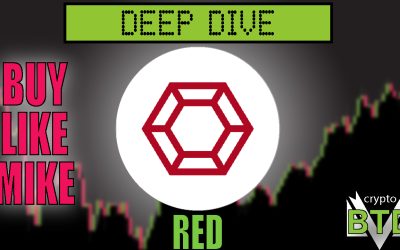Table of Contents
Imagine earning crypto just by keeping your computer on. That’s the promise behind Grass, a decentralized platform that lets users rent out unused internet bandwidth in exchange for tokens. But is this really a smart investment or just another hyped-up Web3 idea? In this blog post, we’ll break down the fundamentals of Grass: what it is, how it works, the risks involved, and whether it deserves a spot in your crypto portfolio.
We’ll also look at how Grass fits into the evolving landscape of decentralized infrastructure and artificial intelligence, and what it means for both retail investors and the future of the internet.
What Is Grass?
Grass is a decentralized data network that allows users to earn cryptocurrency by sharing their internet bandwidth. If you have an unlimited internet plan and you’re not using all of it, you can monetize that unused portion through Grass. In return, you earn Grass Points, which later convert into Grass Tokens through scheduled airdrops.
Grass markets itself as a way to “reclaim your internet” by turning excess bandwidth into rewards. This concept fits into the broader trend of decentralized physical infrastructure networks (DePIN), where everyday users help build and support global digital systems.
Think of it as passive income for simply being connected to the internet. But what makes it different from other DePIN or passive income projects is its integration with AI-driven data scraping.
How Does Grass Work?
Here’s how it functions step-by-step:
- Install the App: Users can download the Grass browser extension or desktop app.
- Share Bandwidth: The app uses a small portion of your internet bandwidth to gather public web data.
- Earn Points: You accumulate Grass Points based on uptime, geographic location, and amount of bandwidth shared.
- Get Tokens: Grass Points convert into Grass Tokens during periodic airdrops.
The platform assures users that it does not access personal data like browsing history or local files. Grass only uses bandwidth, treating your internet connection like a utility.
It’s a straightforward user flow aimed at being accessible to non-tech-savvy users.
The AI Use Case: Why Bandwidth Matters
So what does Grass actually do with your bandwidth?
Grass leverages your connection to scrape public data across the internet. This data is used by artificial intelligence labs to train large language models (LLMs) like ChatGPT, Gemini, and others. These models rely on vast amounts of public information to learn language, identify patterns, and generate human-like responses.
By participating, users become decentralized data collection nodes helping AI companies gather web-scale data. That creates a real business model and demand for the network — a key point for long-term sustainability.
Grass is not just “another crypto project.” It ties into the booming AI industry, which adds extra relevance in today’s tech-driven world.
Security & Privacy: What Are the Risks?
This is where things get a bit uncomfortable for many.
While Grass emphasizes that it only uses bandwidth, not personal data, installing any app that interacts with your internet connection introduces risk. Here are some of the concerns:
- IP Address Exposure: Your IP address is shared, which could be traced back to you.
- Network Vulnerability: Any third-party software accessing your network opens up theoretical vulnerabilities.
- VPN Limitations: Using a VPN could reduce the quality of your bandwidth contribution and lower your earnings.
Grass attempts to calm fears by working with antivirus firms like Avast, Microsoft Defender, and McAfee. Still, the fact remains: sharing your internet, even for a small token reward, means taking a security risk.
Earnings: Is the Passive Income Worth It?
Let’s get to the part everyone wants to know: how much can you actually earn?
According to real user reports:
- Average earnings are ~$4/day depending on your location and bandwidth.
- If the Grass token drops in value, earnings drop too.
- You’ll likely need to keep your device running 24/7 to maximize rewards.
But here’s the catch: electricity isn’t free. Keeping a computer on around the clock adds wear and tear, raises your power bill, and may slow down your internet during peak usage. The passive income is real, but so are the trade-offs.
Still, for users in developing countries or those with high-speed, unlimited internet, it could be a good opportunity.
Tokenomics: Who Gets the Tokens?
Grass’s token distribution plan leans heavily toward early adopters. Here’s how the pie is sliced:
- Early Investors & Contributors: ~47%
- Foundation & Ecosystem Growth: ~22.8%
- Early Community Airdrops: ~30%
There’s also a one-year cliff for investor and contributor tokens, followed by a long vesting schedule. However, this means that most tokens haven’t hit the market yet. When they do, you could see massive sell pressure.
This imbalance makes it harder for newer investors to benefit unless the project gains massive traction.
Transparency: Who Is Behind Grass?
Grass was developed by Wind Labs, but there is little public information about the full team.
- Founder: Andre, a mathematician and physicist, is semi-doxed.
- Team Info: No official team page, limited LinkedIn presence, and few developer bios.
While Andre has appeared in AMAs and interviews, more transparency would build investor trust — especially for a project that touches internet security.
Ecosystem & Partnerships
Grass is built on Solana, leveraging its speed and low fees. It has some basic integrations and is well-aligned with the AI and DePIN narrative, but it currently lacks big-name partnerships.
Grass could benefit from deeper integration into the Solana ecosystem or collaborations with other DePIN or data privacy projects.
The Missing Roadmap
One glaring issue: there is no formal roadmap publicly available.
There are vague references to features like:
- Grass Storage Network: A planned decentralized data storage system that could allow users to store and share large amounts of scraped data across the Grass network securely. This would enhance the network’s utility beyond bandwidth sharing and introduce a new layer of infrastructure-as-a-service.
- Multimodal Search: A feature that aims to let users and AI tools search through different types of data (text, images, videos) gathered by the network. This would be especially valuable for training complex AI models and could position Grass as a vital data layer for the AI industry.
- Live Context Retrieval: This concept involves providing AI models with real-time, relevant information pulled directly from the web. By using the Grass network to retrieve up-to-date context on demand, AI tools could deliver more accurate and timely responses, making Grass a key player in real-time AI applications.
These sound promising, but without dates or deliverables, it’s hard to measure progress or stay accountable.
Token Performance & Market Overview
- Token Price: ~$2 (as of May 2025)
- Market Cap: ~$500 million
- Max Supply: 1 billion tokens
- Circulating Supply: ~27%
- Fully Diluted Valuation: $2 billion
The token has already launched on several exchanges like Bybit but not yet on Coinbase or Binance. A listing on a major exchange could boost visibility and price.
Key Risks to Consider
- Security & Privacy: IP address exposure could affect your internet reputation.
- Centralization Concerns: Wind Labs holds significant influence.
- Delayed Airdrops: Some regions, like North America, still haven’t received rewards.
- Token Unlock Schedule: Upcoming unlocks could dilute token value.
Pros & Cons Summary
Pros:
- Real-world use case (supporting AI)
- Passive earning potential
- Built on Solana (fast & cheap)
- Active community & social media presence
Cons:
- Unclear long-term token value
- Major token allocation to early insiders
- Limited team transparency
- No formal roadmap
Final Thoughts
Grass has all the hallmarks of a high-potential, high-risk project. It blends AI, decentralized infrastructure, and crypto — three hot trends. But its lack of transparency and strong focus on early adopters could limit broader appeal.
If you’re an early adopter who understands the risks, there could be good upside, especially if Grass lands a big partnership or exchange listing. But if you’re risk-averse or privacy-conscious, this might not be the project for you.
Have you tried Grass? Share your experience in the comments below!








0 Comments